I’ve been making my own wallets for about 6 years now. Wallets are fun to make because it’s something you see, everyday, well assuming you go shopping everyday. I always get lots of compliments from store clerks when I pull out my embroidered wallet. Nobody else will have your wallet—totally unique. So what are you waiting for, throw out that faux leather boring black wallet away and make yourself a new one!Obviously you can use printed fabric if you don’t have an embroidery machine.
Disclaimer, this not a beginner’s project. The hardest part will be binding the wallet at the end. If you have ever bound a quilt this will be super easy. If not, please, please, PLEASE, practice binding a small item first—like maybe making some pot holders? The second hardest part will be installing the zipper. It will help if you have some zipper experience but if not, I will do my best to help you. If you are new to zipper sewing please read through this project first and if it sounds difficult, practice first! If you are a beginner and you want to try this project, go ahead. Just know that your first wallet (or two) might be gifts to little girls playing house. And there’s nuttin’ wrong with that.
This is a blue linen wallet with my Triangles Stacked design stitched for an ombre effect—starting with dark navy blue then gradually fading all the way to white.
Here’s a wallet with beige linen, stitched with the Mum design.
Here’s the inside:
Here’s the back:
LET’S GET STARTED!
What you’ll need:
1. Regular weight linen or cotton. I used the all-purpose linen (5oz. weight) found at fabrics-store.com. Linen embroiders beautifully—never puckers. I also used solid Kona cottons or other patterned quilting weight cottons for the interior. Don’t use canvas or denim—too heavy. Well, a lightweight denim or lightweight twill will work fine. Starch all fabrics heavily. Pre-washing the fabrics doesn’t matter for this project as you won’t be tossing your wallet in the wash—spot clean the wallet only.
2. Heavy fusible interfacing. I used Craft Fuse by Pellon.
3. Magnetic snap. I buy mine at Joann Fabrics (3 for $1.99) but most craft stores should have them nowadays. Velcro can be used instead but it just isn’t as professional looking.
4. 7-inch zipper
While your fabric embroiders you’ll be making the interior of the wallet. (Assuming you have two machines. If not, at least cut out your wallet while the embroidery process is going.)So let’s get the embroidery machine going first!
EMBROIDER THE EXTERIOR BODY PIECE
Choose a design that is around 5”x7” or up to 8”x8” if possible. If you only have a 4”x4” hoop, no problem. For this example I chose the honeycombs design size 5”x8”.
Hoop your heavily-starched linen and embroider your design. Obviously I am using a piece of fabric way bigger than I’ll need. Make sure your piece of fabric is cut at least 14”x14”. That will give you more flexibility when it comes time for placement of the design on your wallet.
While the exterior of the wallet is being embroidered, we will make the interior of the wallet. First cut the interior piece 11”x11”. We will eventually cut this way down but it’s easier to work with excess fabric and square up later. Interface this piece of fabric.
MAKE THE CREDIT CARD POCKETS
These can hold stacks of cards so don’t be afraid that this only make 6 slots.
Cut out your four interior credit card pockets, each in the following sizes: 8”x10” (1), 7”x10” (1), 6”x10”(2)
Take one of the 6”x10” pieces and fold it lengthwise, right sides together. Sew the long side, turn right side out and press.
For the remaining pockets, fold them in half on the long side, wrong sides together. Press and starch heavily.
If you stack all four pockets, this is how they should look now. Pockets #1-3 have raw edges along the bottom, pocket #4 has a seam along the bottom.
Now we need to sew all the card pockets. A credit card is 2 1/4” x 3 1/2”.
Take piece #1 and #2 and stack them, raw edges even along the bottom. Mark from the top of pocket #1 down 2 1/4” inches. Mark a line all the way across and stitch together.
Trim off a little bit of pocket #2 to help avoid bulk for the final topstitching. Not too much, maybe 1/2”
Repeat for pocket #3
Stitch and trim pocket #3
Now you need to trim about 1/4” off of pocket #1. Y0u don’t have to do this step but it helps for the final topstitching if there isn’t a lot of bulky fabric underneath the final topstitching.
Repeat for pocket #4, but this time you’ll be moving pocket #4 down about 1/4” from the newly-cut raw edge of pocket #1. Pin together.
Sew your horizontal line 2 1/4” like you did on the other pockets. And then stitch a vertical line through all four layers directly through all of the pockets. Use a triple stitch for strength.
Place your pockets 1 1/2” down from the inside body edge and pin in place. (You’ll have an extra body fabric of about a 1/2” on both sides of the pockets.)
Sew the pockets to the body along the sides and the bottom. Then you’ll sew a vertical line 3 3/4” away from the middle line. The purpose of this line is to keep the credit cards tightly held in the pockets otherwise they’ll be loose and fall out. That would be bad if you lost a credit card. Bad.
Also, please match your thread unlike myself. I chose to use white thread even though the pocket is black just so you could see my stitching lines for this tutorial. But it would look so much better if it matched. Matching threads hides uneven lines as well.
ZIPPER POUCH FOR COINS AND BILLS
For the zipper pouch, cut 4 pieces of fabric 5”x10”. (Again we will cut this down to finished size later.) Take one piece of pouch fabric and lay the 7” zipper face down centered:
Lay another piece of pouch fabric on top of the zipper, right side down. (In the photo below I’ve already done the other side so don’t be confused by the photo.)
You can either use your zipper foot, or just move the needle all the way to the left and sew, feeling the coils of the zipper teeth between your fabric as a guide. (If this is confusing, google “how to sew a zipper pouch” and watch some tutorials. I know I kinda speed through the process.)
This is what it looks like now:
Fold fabric together, wrong sides together, then pull zipper taut away from fabric, iron and topstitch.
Repeat with the remaining fabric pieces. It should now look like this from the front….
….and this from the back.
Fold your pouch in half along the zipper, iron, and trim bottom so that it is even and so that pouch is 4” wide.
Baste all four layers together along the bottom.
Using a 1/4” seam allowance, sew zipper pouch (along bottom) to bottom of interior body. (Optional: To make the final wallet a little more compact you can opt to leave a half-inch space of the body along the bottom. In other words, don’t line up the raw edge of the zipper pouch with the raw edge of the body bottom. Move the zipper pouch up about 1/2”. )
Now it’s time to finally trim up the wallet to the final size! Square up the inside body to approximately 8.5”x9”. I say approximately because the goal is to have about 1/2”-3/4” border on the sides of the zipper (you don’t want to sew through the metal of the zipper and break a needle like I have when doing the final binding). The black and pink version pictured here ended up being larger, around 10.5”x8.75”. It’s all good!
Trimming the sides:
You also want to have about 1/2-3/4” border at the top of wallet.
Now the body is all trimmed up! This is the final size of your wallet. Here it is in the blue. Final measurement of the blue: 8.75”x9”.
Now it’s time to figure out the placement of your embroidery design for the exterior. this is the blue triangle version we need to cut out. I used the Triangles Stacked design.
This is the black honeycomb version we need to cut out.
Take your squared up interior piece and lay it on top of your embroidered piece. (If possible, trace the interior body piece onto thin tissue paper and use that instead.)
I opted to use the tissue pattern for the black honeycomb wallet so I could see through the paper and more easily figure out where I wanted my embroidery design placed. My placement was off a little for blue triangle wallet. I didn’t want to make that mistake again! It would help if you marked the tissue paper as to where the front will be so you don’t get mixed up.
Fold the interior piece in half and move it around the embroidered linen until you have the ideal placement. The ideal placement would be as much of the design on the front as possible without the design going too close to any of the edges. You don’t want to have to puncture any of the embroidery for the magnetic snap. You also don’t want the embroidery design going off the edge as all your beautiful stitches will be a waste of time if you’re just going to cut them off!
Using the body interior piece as a pattern, (or a tissue pattern) cut out the body exterior (the embroidered linen).
Once it is cut out you can place the two body pieces together, pinned, and if you fold it in half you’ll be able to see how your final wallet is going to look. Pretty!
I like to interface the body exterior along the middle since the middle section is where the snap will go and also where the strap will be sewn. You can interface the entire exterior body if your fabric is very thin. For this 5-oz. linen it wasn’t necessary.
Attach the snap 1 1/2’ up from the edge and centered.
Now to make the strap. Cut out a piece of linen 7”x4” and a piece of interfacing 1/2” smaller. Fuse together.
Iron up all the edges 1/2”. Attach the other half of the snap, centered and 1” from the edge.
Pin the strap closed and topstitch around all four sides about 1/8” inch. If possible, use your zipper foot to make going around the snap easier.
Pin the strap to the back of the wallet, centered. The goal here is to have the strap just ever-so-slightly loose right now. Once the wallet is filled with 100-dollar-bills, coins, and credit cards it will be thicker. So this ‘dry’ fitting is important. Too tight and you’ll wrinkle the wallet. Too loose and your wallet will shift and your stuff will fall out.
Sew the strap down with about a 1” x-pattern.
BINDING THE WALLET
There are some amazing tutorials out there for binding so I am not going to reinvent the wheel. I like this one from You go Girl, this one from Bloomin’ Workshop. Follow any method you like for a finished 1/2” binding.
You’ll need to make about 1 1/4” yards of binding. I don’t cut my strips on the bias but on the cross grain. That means your strips should be a bit stretchy.
To prep your wallet for binding I like to serge the edges (don’t cut off any of the wallet though with the serger knives!). Or use the zig-zag on your sewing machine.
I attach the binding to the inside of the wallet first.
Then flip it over to the exterior of the wallet and topstitch.
Doesn’t that topstitching look lovely? This honeycombs design is one of my favorites. Click here for Honeycombs.
Here’s the inside of wallet. I used the Lady Fern design on the inside.
I do NOT suggest rounding the corners of your wallet. In early attempts at writing this tutorial I thought it would be easier to teach you to bind rounded corners rather than having to miter square corners. Wrong. It doesn’t look as good as the square corners and getting the rounded corners to look perfect was impossible. (And yes, I did cut the pink on the true 45-degree bias for that one.)
Triangles Scattered design on orange linen. The triangles are stitched all in various shades of pink. The pink binding is 100% quilting-weight cotton.
Triangles Stacked on blue linen with Kona cotton binding.
Enjoy!
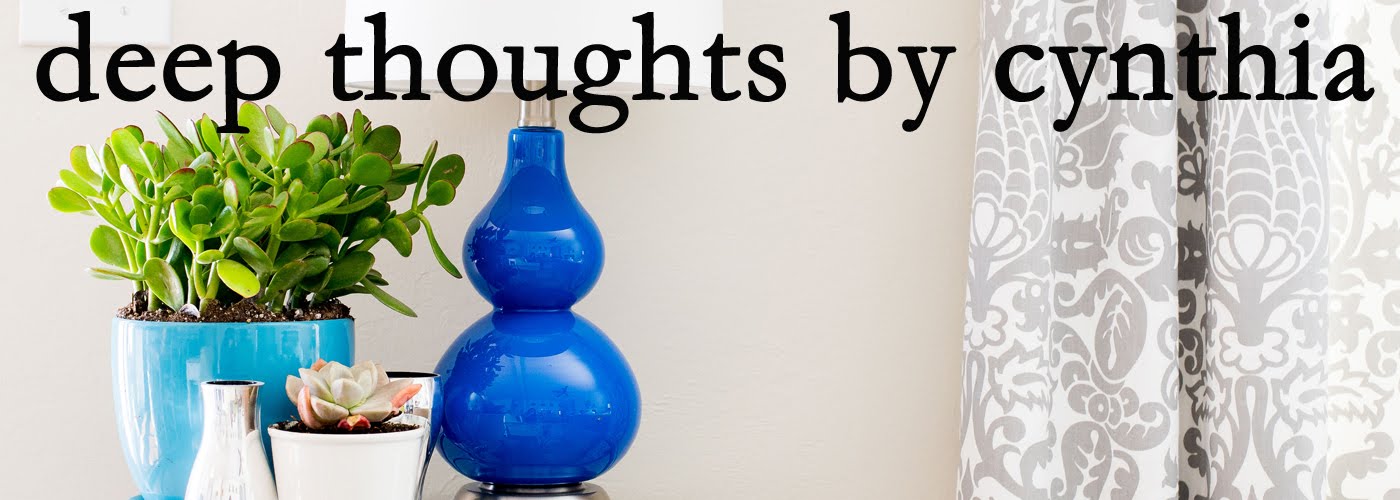
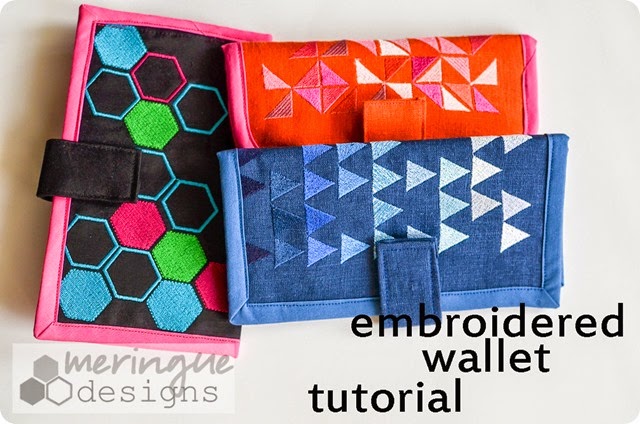
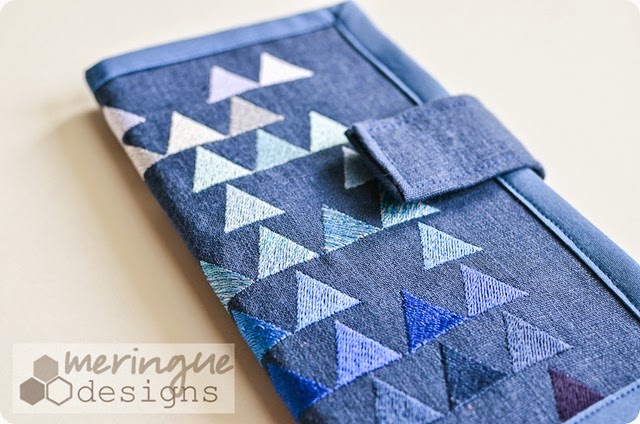
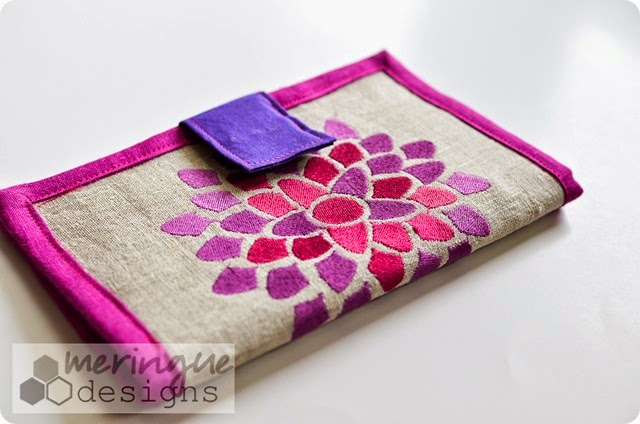
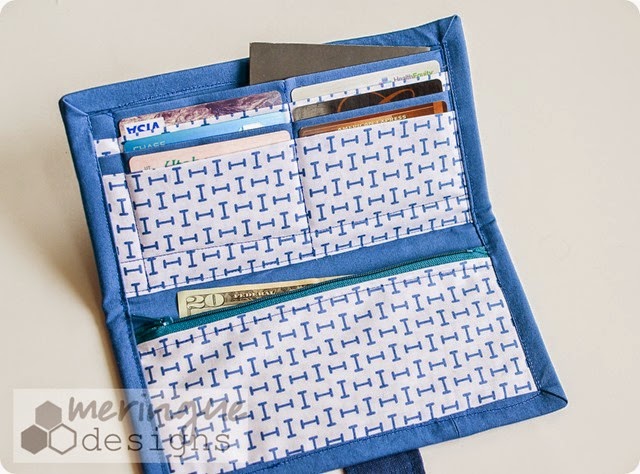
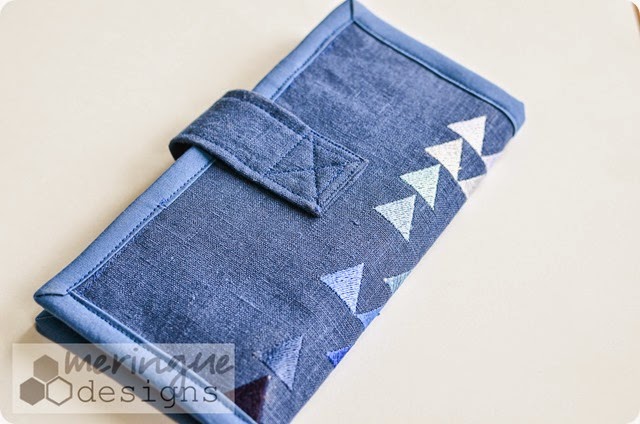
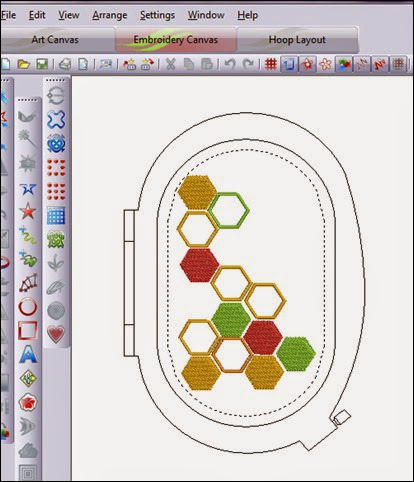
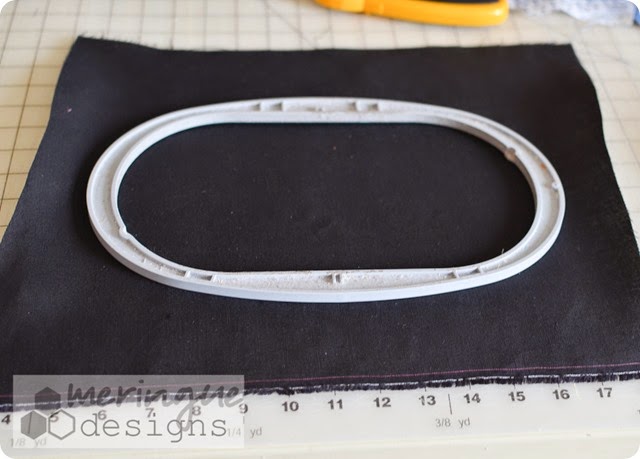
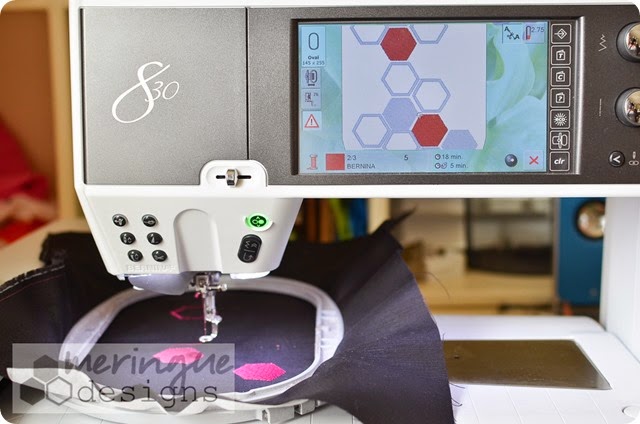
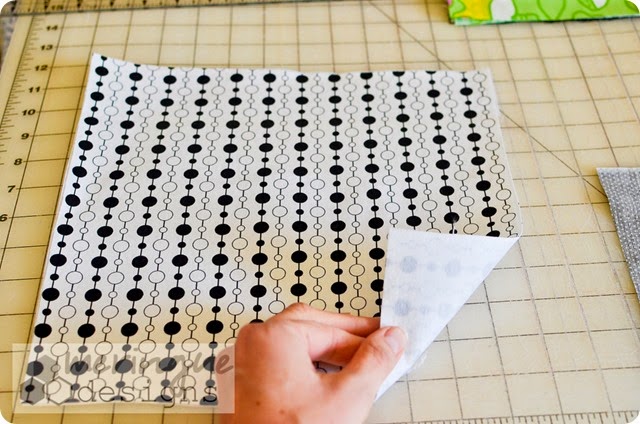
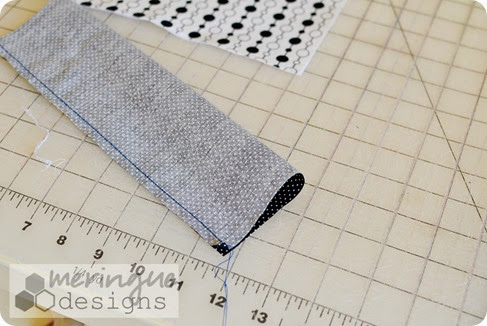
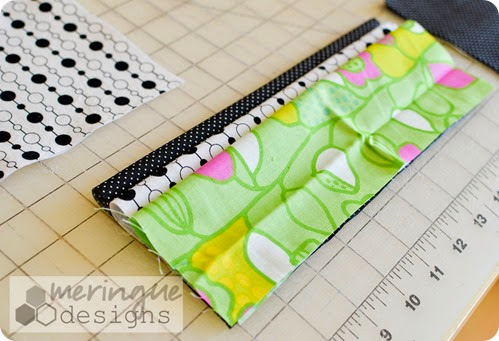

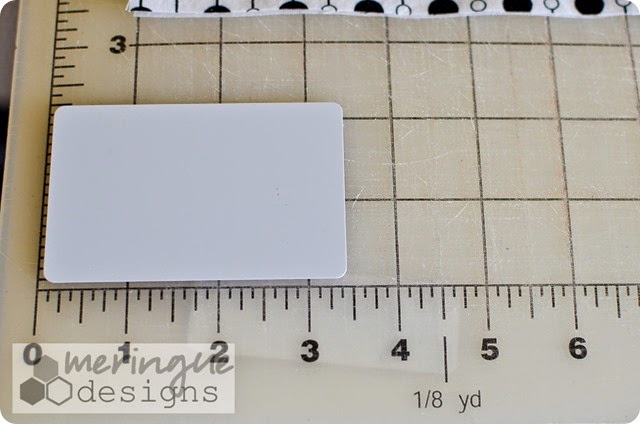
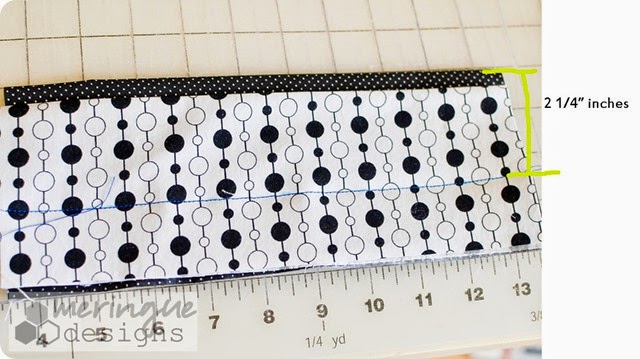
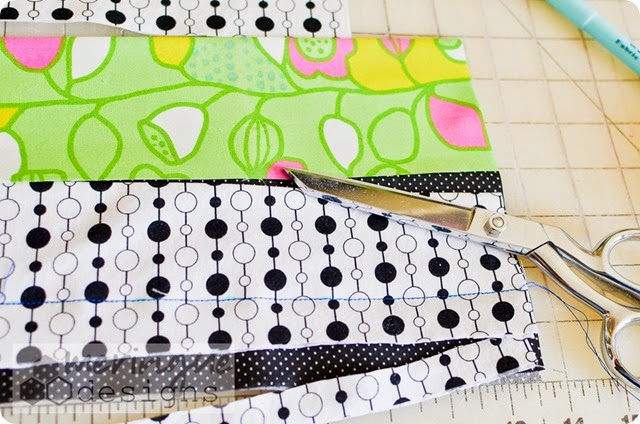
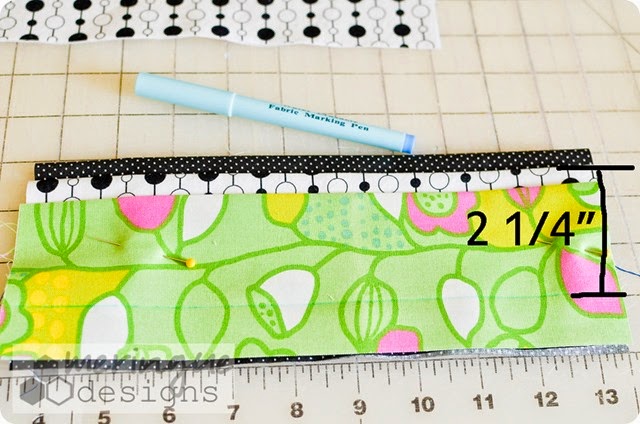
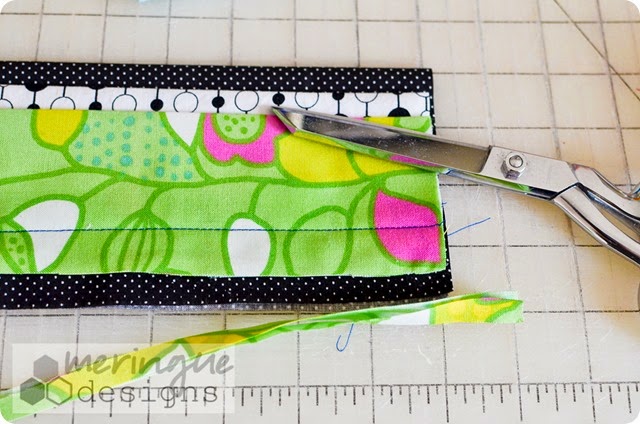
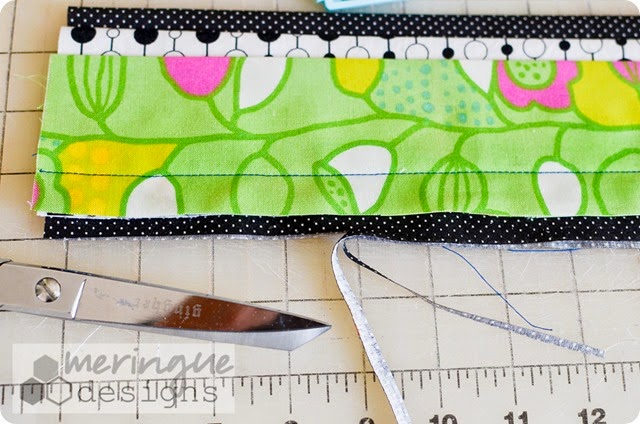
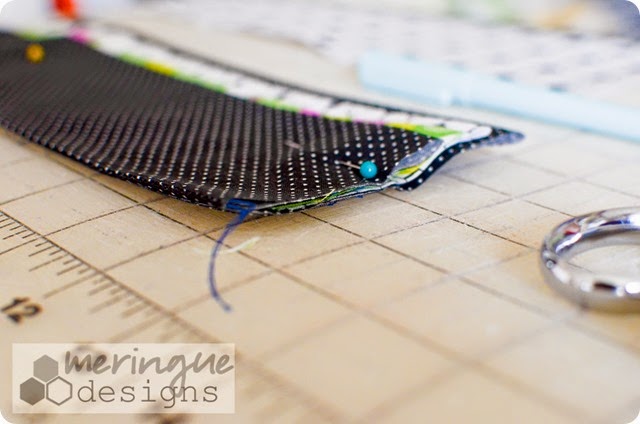

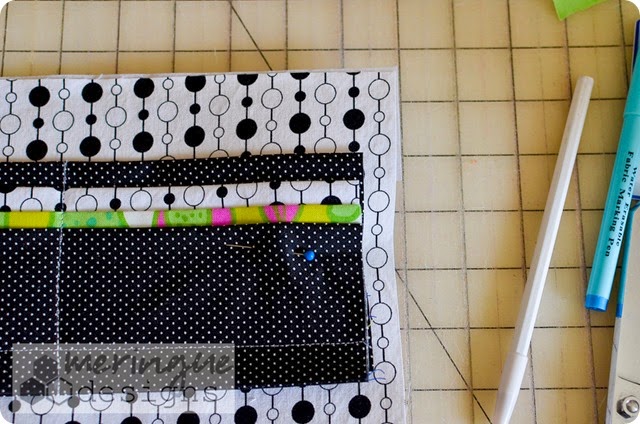
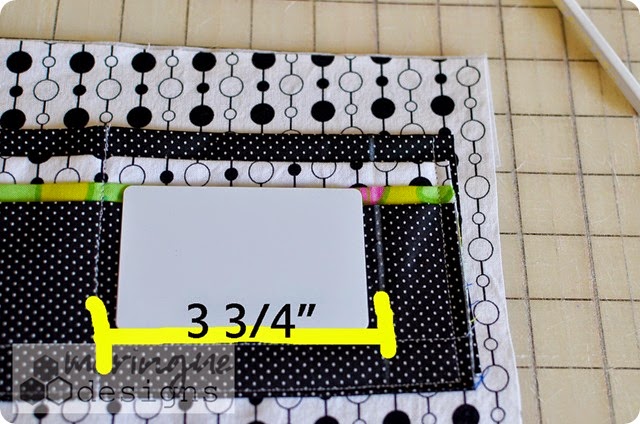
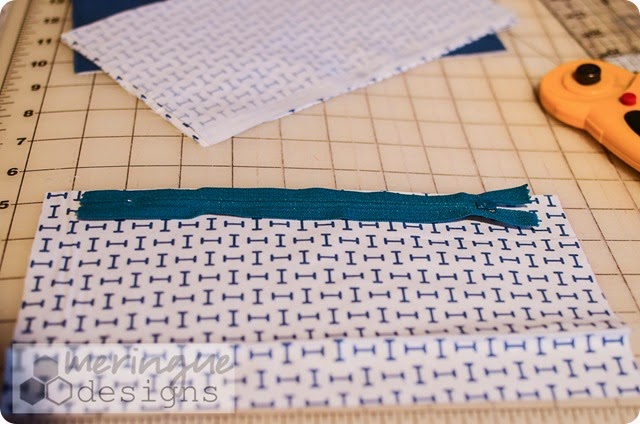
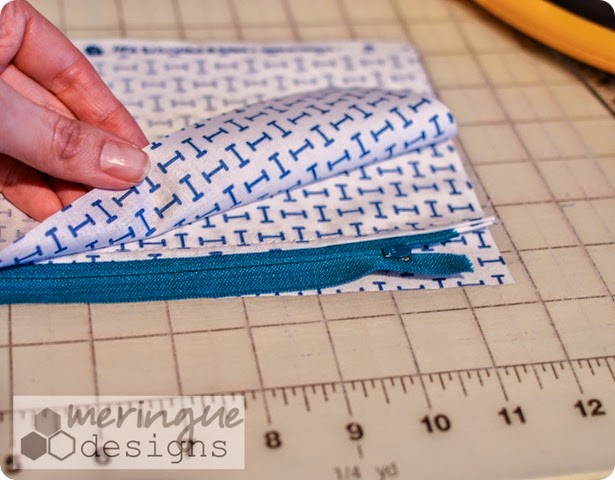
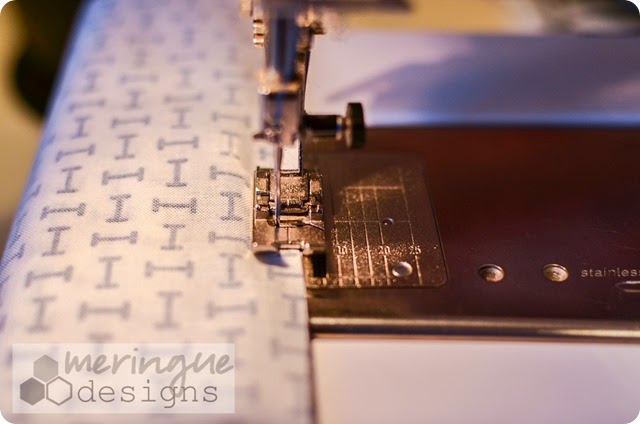
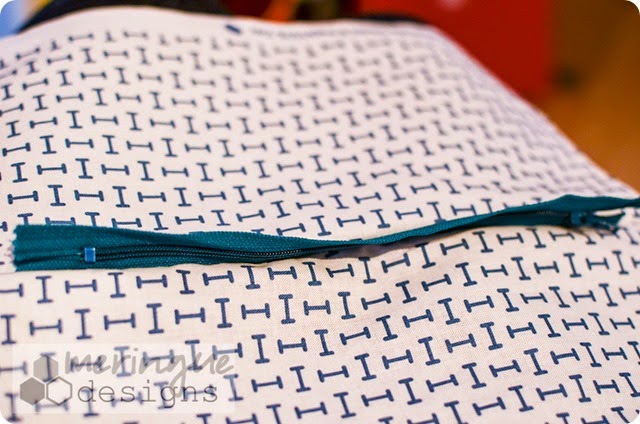
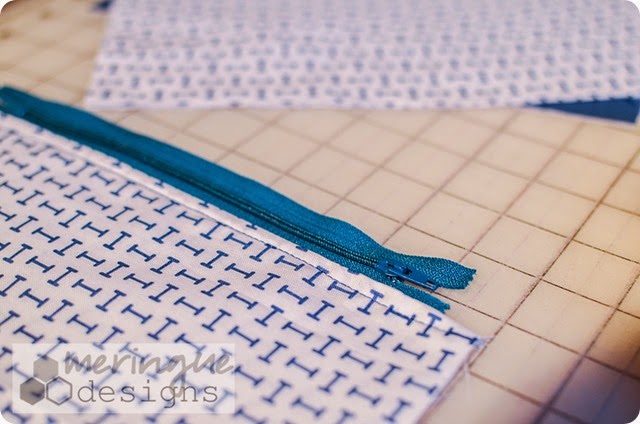
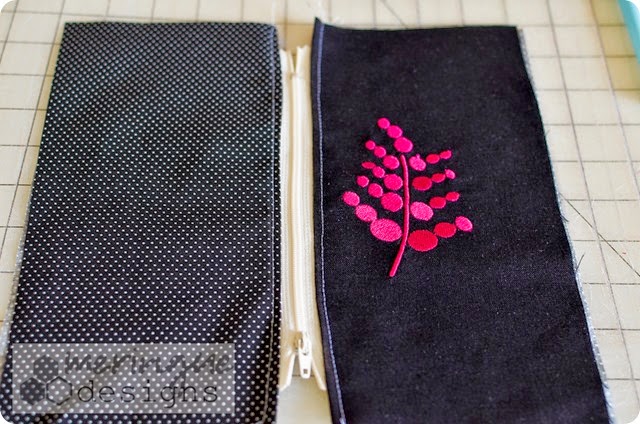
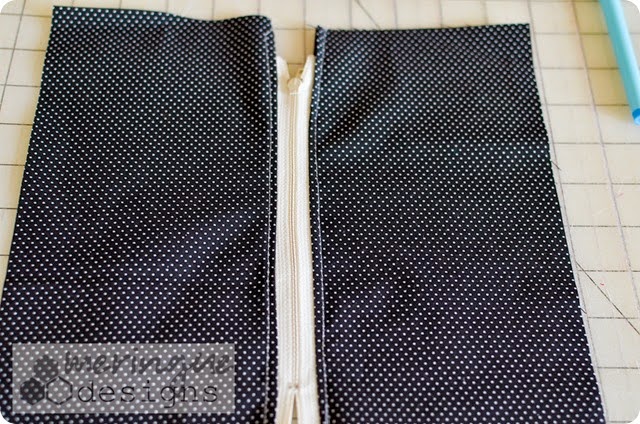
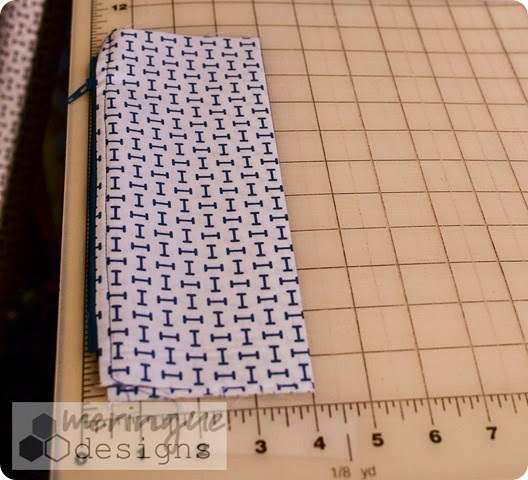
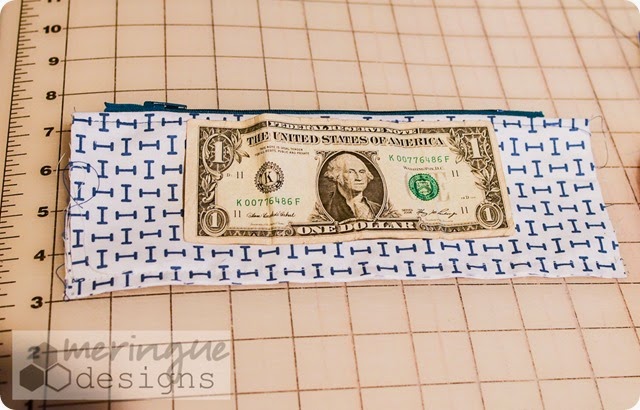
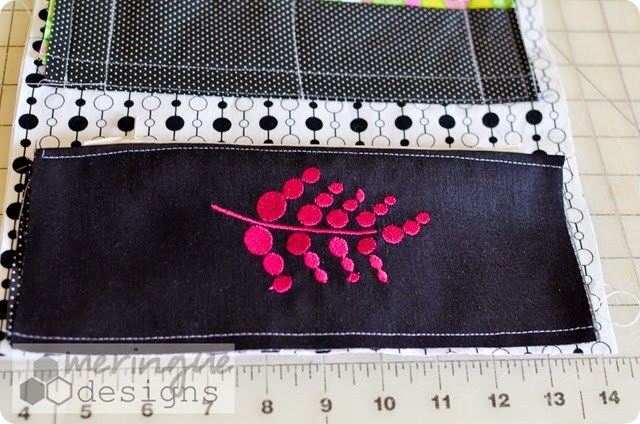
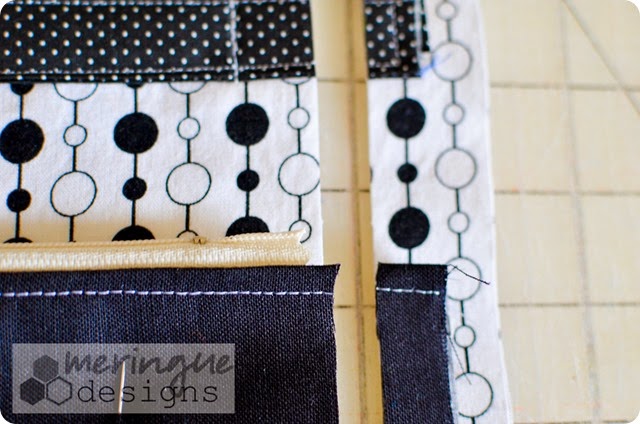
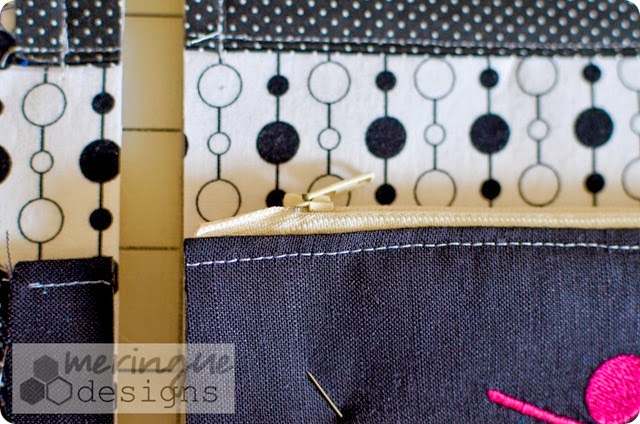

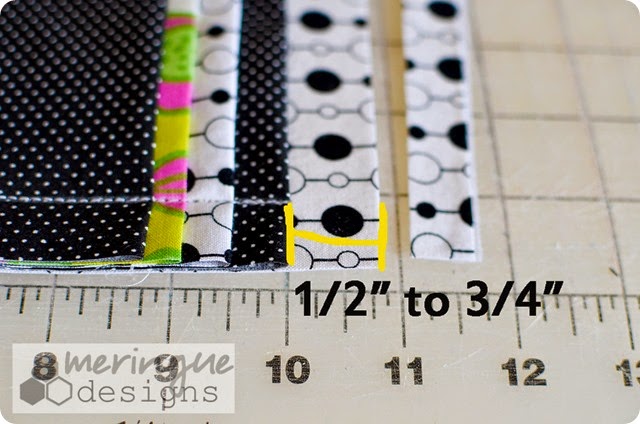
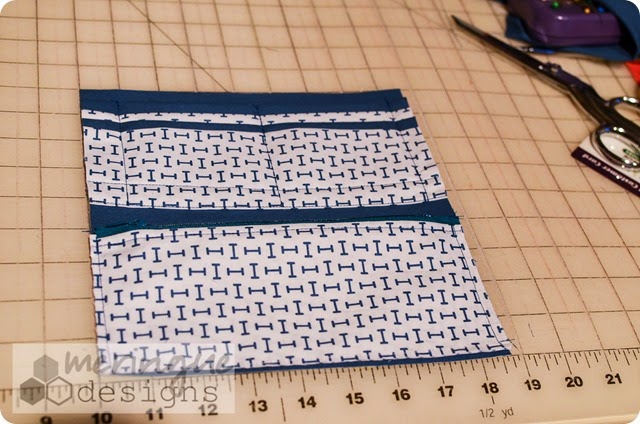
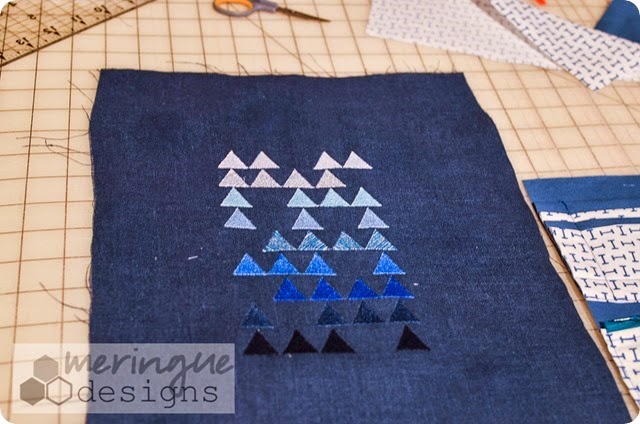
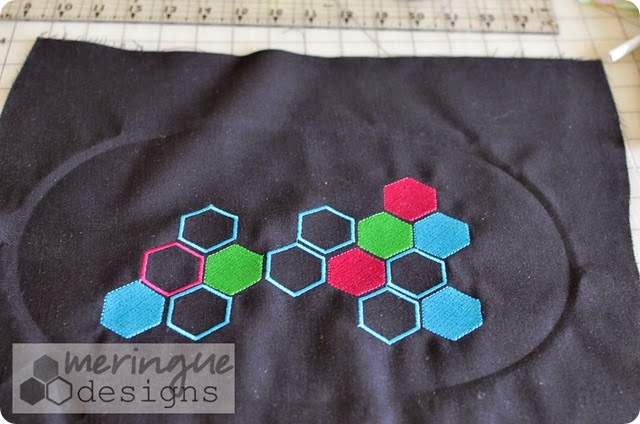
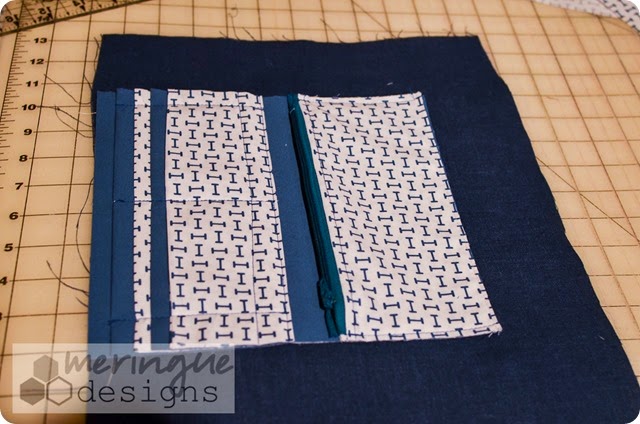
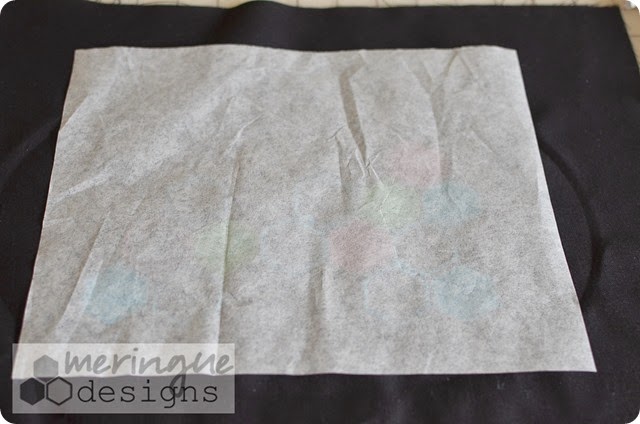
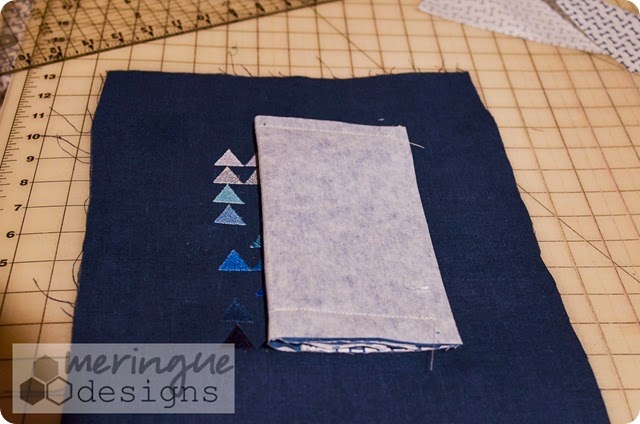

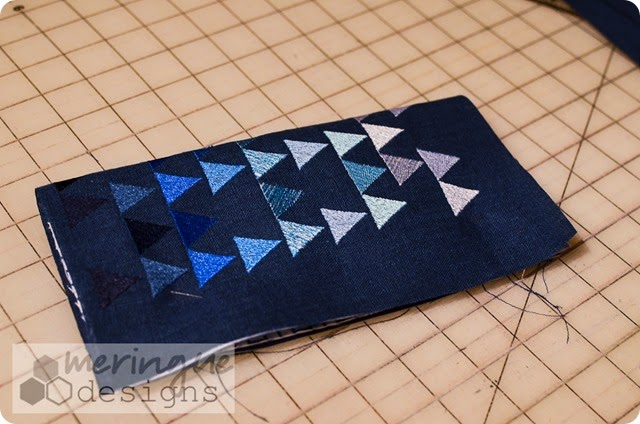

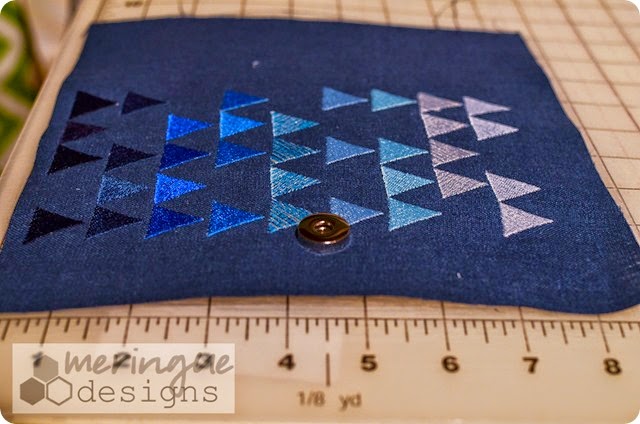
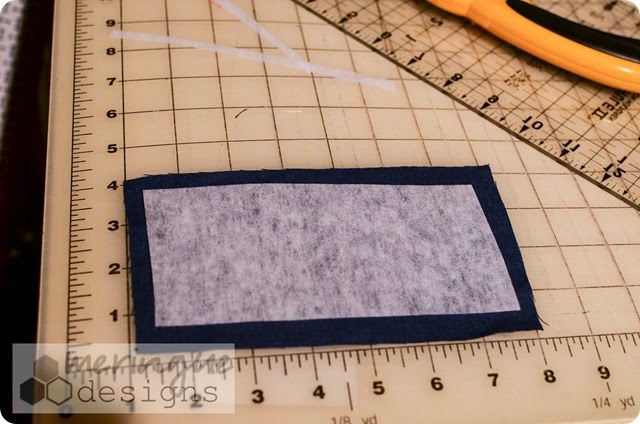
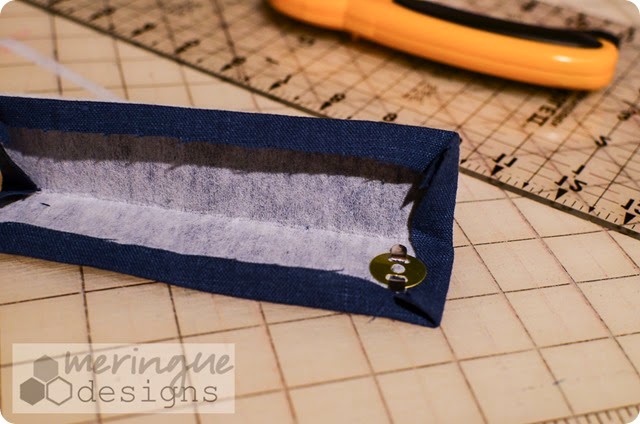
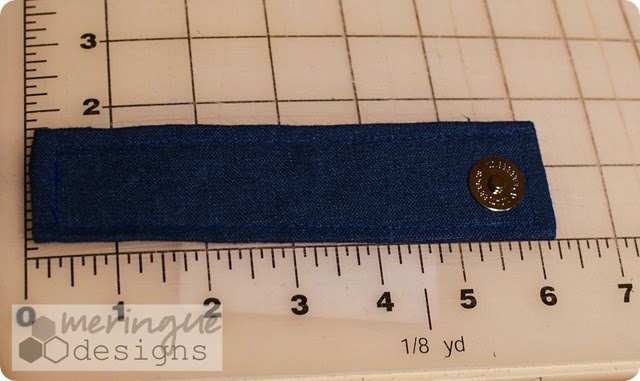
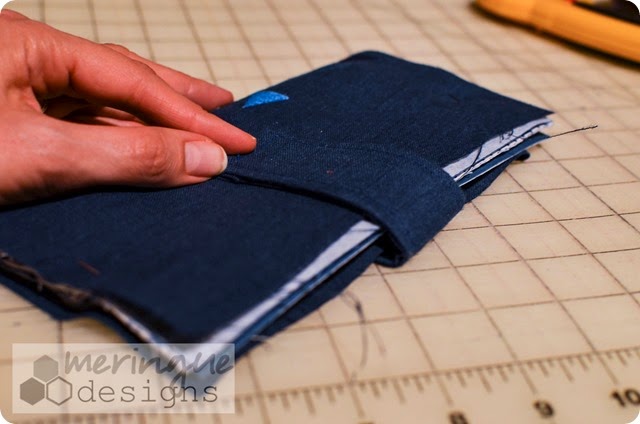

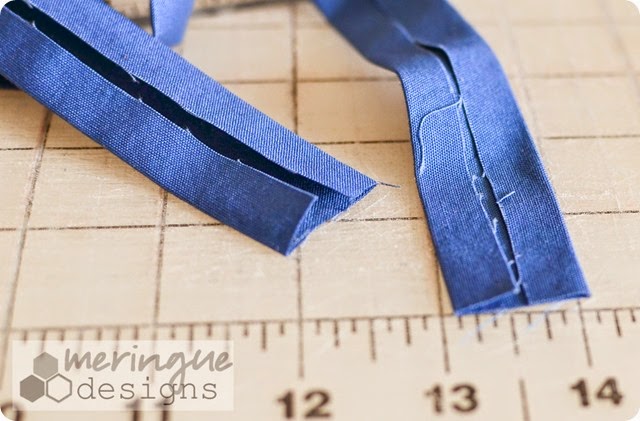
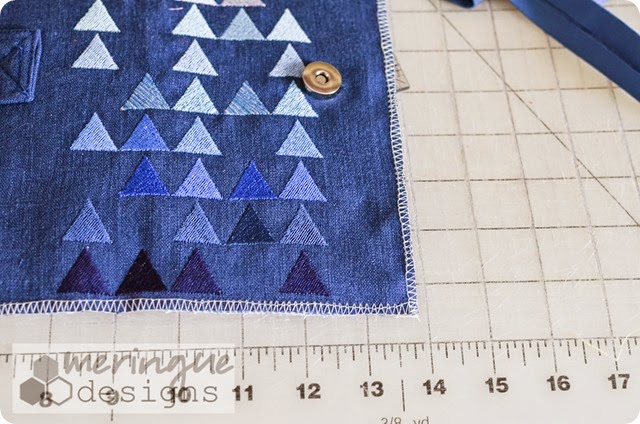
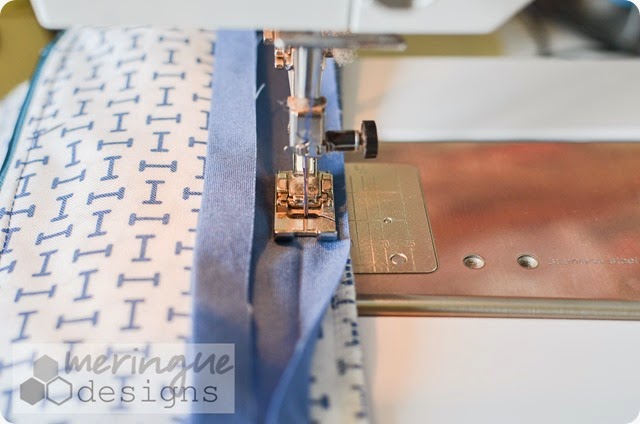
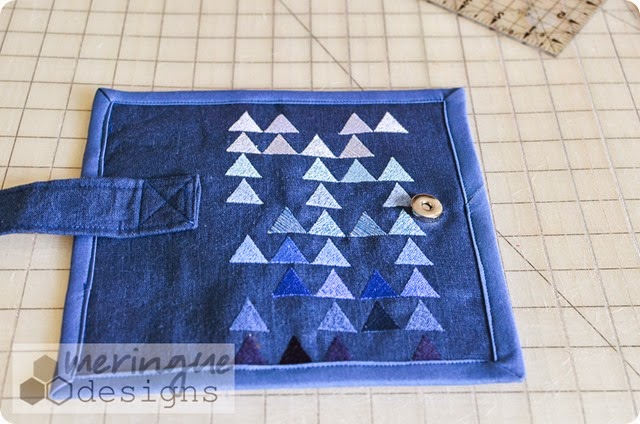
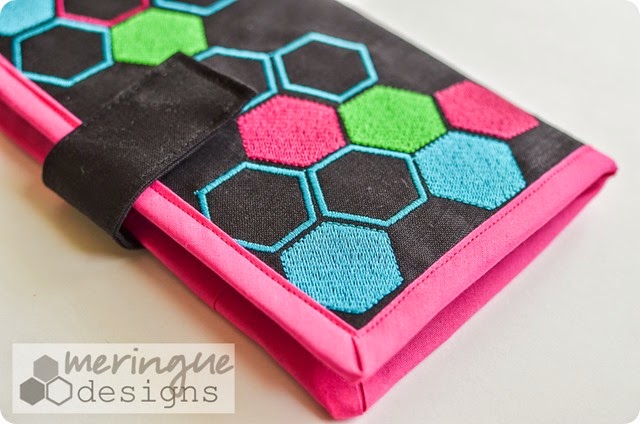
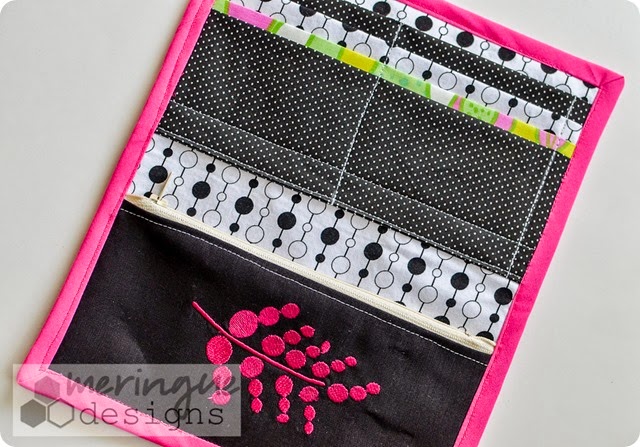
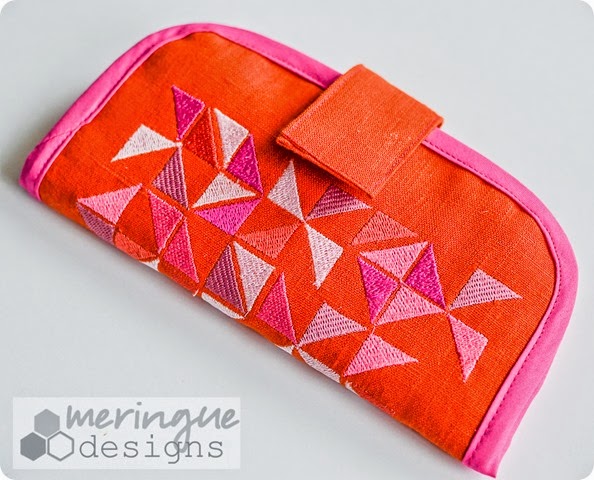
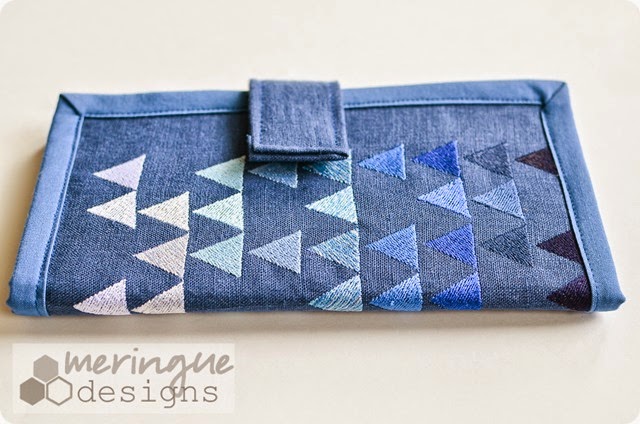


7 comments:
More delightful dope, from my drug dealer of choice!
You are so talented. Thanks for all you do.
I am definitely inspired and want to give this a try...as soon as I find time to visit my sewing room. These would make great gifts, personalized with an initial in the recipient's favorite colors. Thanks for the tutorial!
Awesome wallet!! I've linked to your tutorial on Craft Gossip:
http://sewing.craftgossip.com/tutorial-embroidered-fabric-wallet/2014/04/06/
--Anne
this is a very detailed and perfect tutorial. thank you for taking the time to write this up! great job on the wallets!
Que.bonitas!!'''', son geniales, las intentaré hacer aunque sin bordado, que.mi máquina es más sencilla. Gracias por el tutorial.
Okay, I love this. And I have to make one. I might call you in tears when I get to the zipper part, though!
Another wonderful tutorial. Thank you for sharing! I can't wait to try this project
Post a Comment